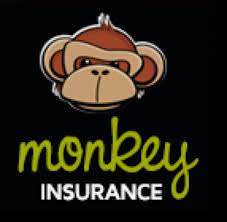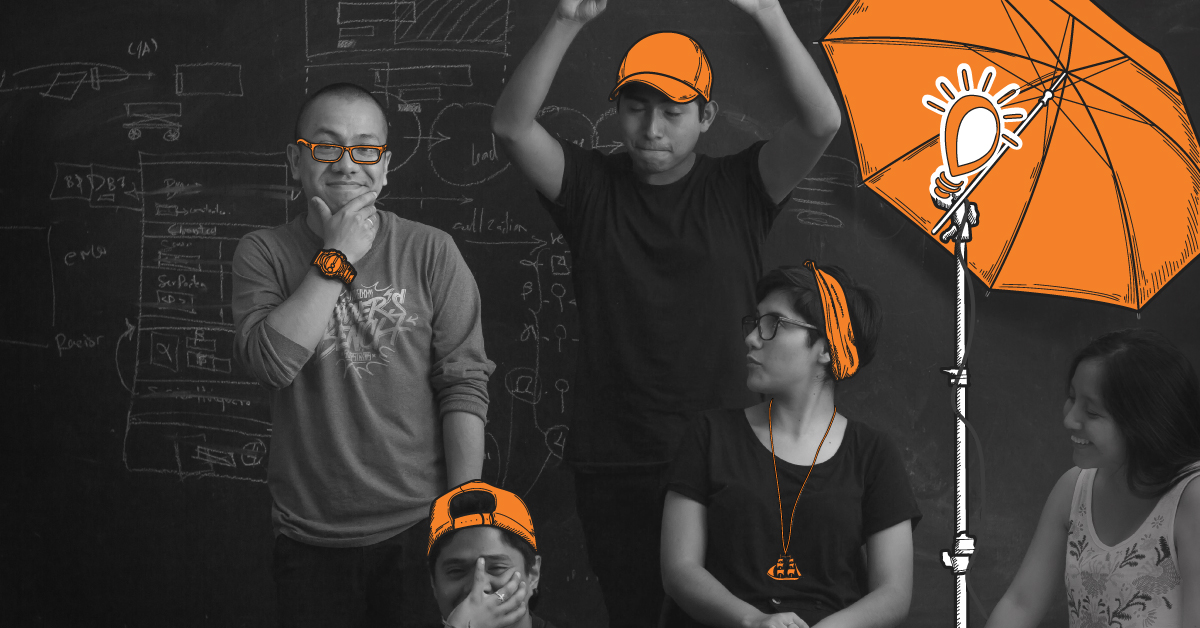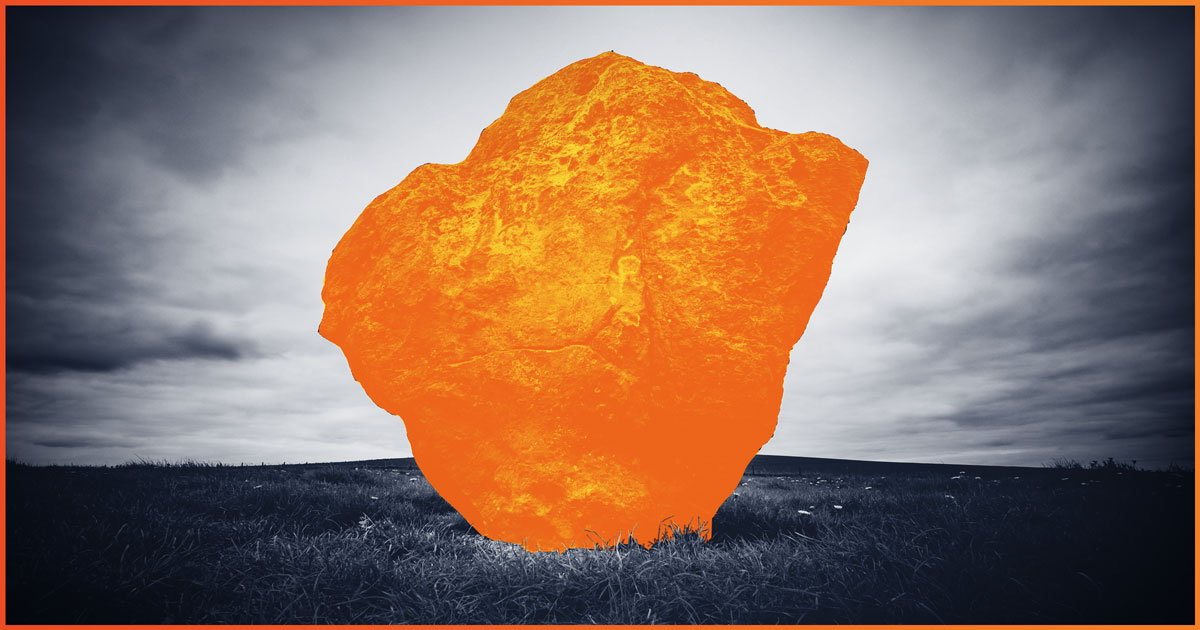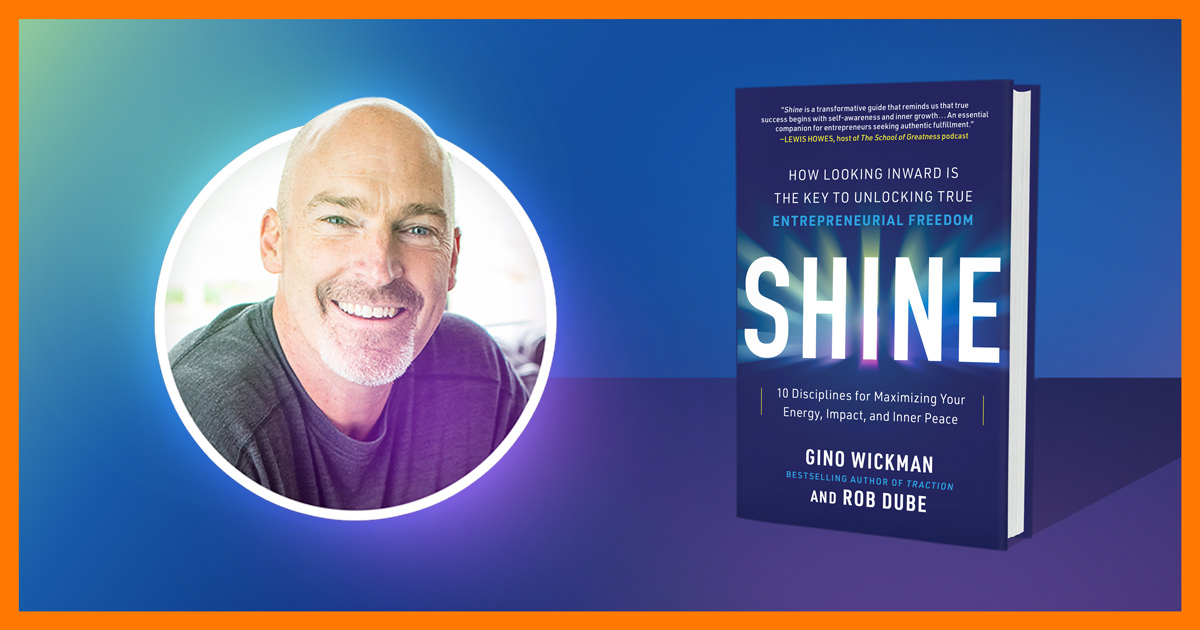 Have you ever struggled with letting someone else do something that you can do faster, better, and with less effort? If you really think it through, you know that if you don’t pass the task on, you’ll be doing it yourself forever.
Have you ever struggled with letting someone else do something that you can do faster, better, and with less effort? If you really think it through, you know that if you don’t pass the task on, you’ll be doing it yourself forever.
If this task is in fact the best use of your time, then maybe the staff member isn’t needed. But if there’s a better use of your time, then you have delegate it to someone else who will do it slower, not quite as good, and with more effort. You have to let go of the vine*.
How much of your week is spent doing these types of tasks?
Do You Take Ownership of the Wrong Issues?
Let me introduce you to Monkey Insurance. I’ve never thought of myself as an insurance salesman, but the more I help develop leaders and managers in my clients’ companies, the more I connect them to Monkey Insurance. There’s a great book called The One Minute Manager Meets the Monkey by Kenneth Blanchard, Hal Burrows, and William Oncken. In this book, they explain their philosophy that managers shouldn’t take on problems (monkeys) that aren’t theirs. When managers take on monkeys, they end up becoming the hopeless bottleneck for the company. In the book, they explain that there are ways to help managers to let go of the vine and get the monkeys back with their rightful owners. One of their main strategies is Monkey Insurance.
Monkey Insurance Empowers Your Team
There are two forms of Monkey Insurance. The first type, Recommend, then Act, should be used if the issue is large enough or the implications are of the nature that you should be in the loop on what action is taken. In other words, the team member should come back to you with their recommendation on how to resolve the issue and then take action. If the issue is something that should be delegated to the team member to own fully, but you still need to know what was decided, then use the second form of Monkey Insurance called Act, then Advise. Then you’ll know what was decided but your time isn’t needed to get things going.
The whole idea of using Monkey Insurance is for you more than your team members. Use either form of insurance as needed to get comfortable with your team completely owning their area. It also helps you to get to the point of no longer needing any form of insurance on their monkeys—because, like all insurance, there is a cost. The cost is your time and you need to get to the point that your organization is getting the highest and best use out of your time, which is seldom dealing with other people’s monkeys.
So, insure if you must, but make sure you’re slowly letting go of more and more of the vine until your team is the self-reliant team you’ve always dreamed of.
*Thanks to Kevin Armstrong and Sean O’Driscoll for their insight.
Next Steps
- Share this post with your network or add your comment below!
- Download a free chapter of Get a Grip to learn practical ways to use EOS in your company.
- Request a free 90-Minute Meeting with an EOS Implementer to get a clear picture of what it looks like to run your company on EOS.



